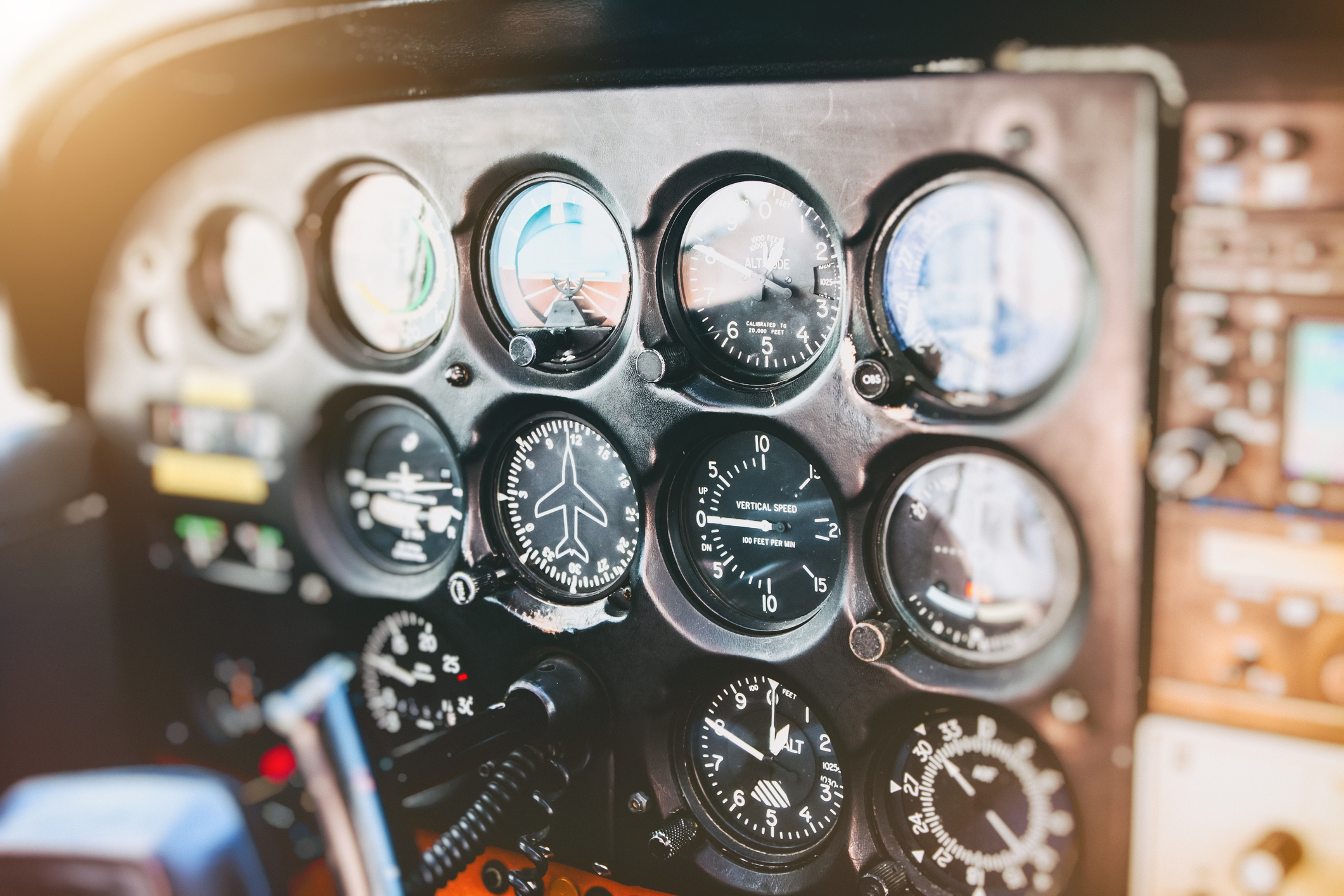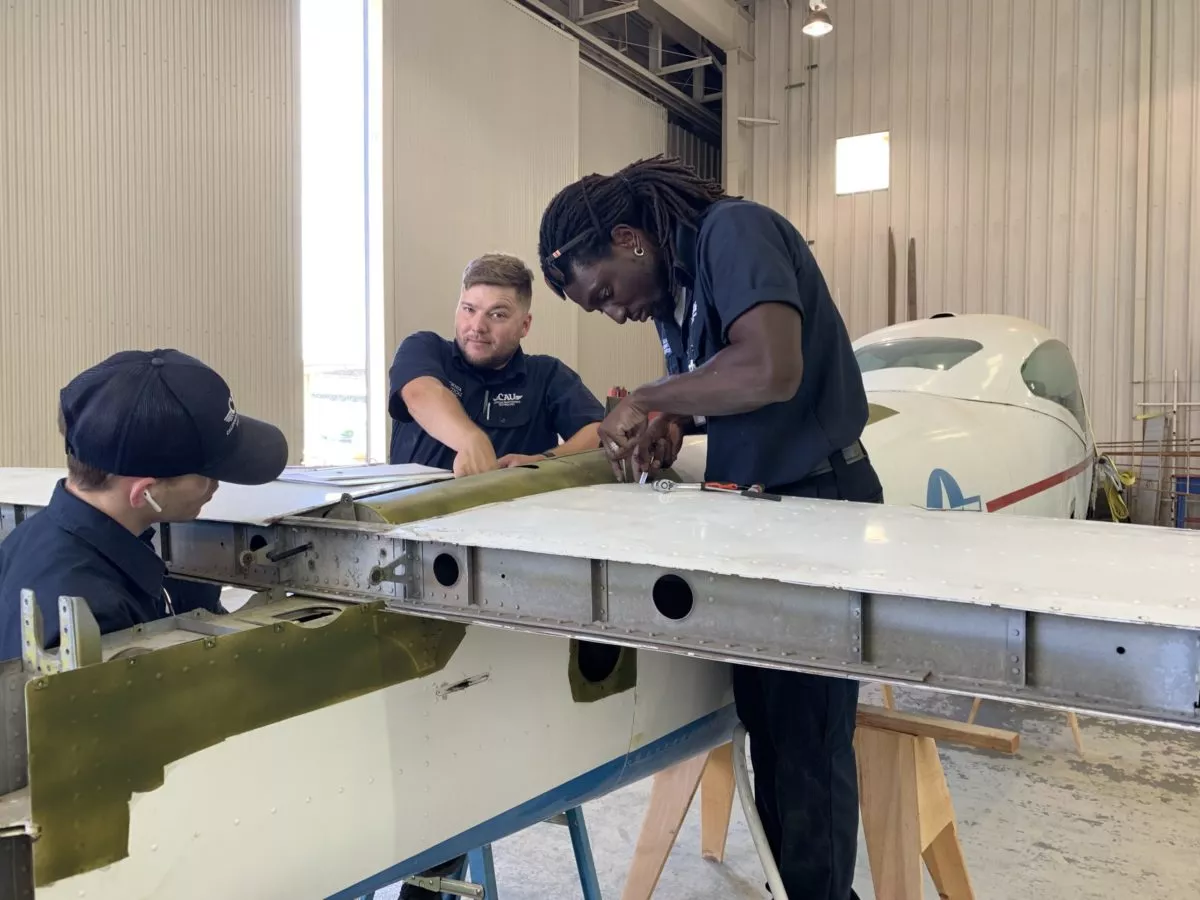Some of the most valuable people in aviation are those who maintain the airplanes. A&P (airframe and powerplant) mechanics and technicians are responsible for certifying each aircraft before each flight, ensuring the safety of all parts – including but not limited to the fuel tank, main body, engine, and landing gear. A&P mechanics are required to check for and rectify any faults for every plane before take-off. The aviation sector would come to a grinding stop if not for A&P mechanics.
As the Aviation Sector Expands, So Does the Need for Certified A&P Mechanics
According to Boeing’s Pilot and Technician Outlook Study, the aviation sector will need 769,000 A&P mechanics by 2038. There will be a need for 193,000 just in North America. Extrapolating this number out to a global scale is an enormous amount.
Aviation Technician Education Council (ATEC) research states that the average age of A&P mechanics in the field is between 30-50 years old, with more than 20% of technicians over 64 years old. As a result, 35% of the workforce will be close to retirement over the next two to five years.
According to the 2019-2020 ATEC Pipeline Report, only 2% of the AMT population is made up of new mechanics each year. We’ll need more new A&P mechanics since more of them retire every year than are joining the industry.
General Routes to Obtain Your A&P License
There are two ways to become an FAA-certified Airframe and Powerplant Mechanic:
- Get academic instruction at an Aviation Maintenance Technician School (AMTS) accredited by the FAA.
- Carry out on-the-job training (OJT).
(Commercially accessible Airframe and Powerplant refresher courses and Airframe and Powerplant prep courses are available to help you pass the written, oral, and practical examinations after you fulfill the OJT experience criteria.)
How to Earn Your A&P License Ahead of The Game
1. Check to Make Sure You Are Eligible
Being involved in a safety-critical occupation means you must fulfill the basic requirements laid out by the FAA, which are:
- Be eighteen years old.
- Read, write, speak, and understand English.
2. Research AMTS and OJT Programs
Attending an FAA-certified aviation college (AMTS), also known as a “147 school,” can offer the most consistent and reliable instruction. These schools have specific programs and curriculum to train prospective aircraft mechanics and technicians for careers in the aviation industry – educating students and making sure they are qualified. If you choose an AMTS, you will need to have either a high school diploma or a GED.
OJT includes 18-30 months of supervised, documented experience, appropriate to the rating as determined by the FAA. This can be challenging, and the quality of training may vary. It is possible, however, if you can find work as a mechanic without a license, to get supervised training that you can document while you are on the job.
An AMT diploma can be earned in as little as 17 months, and there are opportunities to learn more as well (adding value and potentially a degree) to your diploma. AMT schools have to satisfy the minimum criteria laid out by the FAA, although it is worth noting that some schools offer more than others. Graduates of the program will then be eligible to take the FAA written, oral, and practical examinations to complete the requirements for an A&P certificate.
3. Consider an accelerated AMT program that enables Hands-On Training Experience
Learning theory without practice can be counterproductive. Attending an aeronautical university where you can actually “get your hands dirty” is a great way to learn and practice the skills you’ll be performing during your AMT career. You will assist in the maintenance of real aircraft in addition to academic theory.
4. Secure Financing for Your Licensing Needs
Education is an investment in your future. There are ways to help you cover the cost of your education. Tuition Reduction Programs and other forms of financial assistance may cover a large portion of the cost of an AMT education. AMT students can be eligible for a wide range of tuition reduction programs. The more tuition reduction program applications you submit, the higher your chances of receiving a tuition reduction. University students may apply for both university-specific tuition reduction programs and general AMT awards.
Federal financial help and student loans may also be accessible, depending on the financial aid programs available at the school you choose and your unique finance situation. Some colleges have a dedicated department to help students, many of which provide an assessment on a case-by-case basis. Financial aid offered by AMT schools, such as California Aeronautical University, is available for those who qualify. Get information about the prerequisites.
5. Show Your Ability to Carry Out an A&P Mechanic Role
Any skilled profession requires applicants to demonstrate that they are competent in their chosen field. It is certainly no different for A&P technicians. When you have finished your AMT training, Airframe and Powerplant certifications are written, oral, and practical tests are available to you to take. Find out more about the FAA General Practical Testing Standards here.
After you successfully pass the exams, you will receive your A&P license. You will be eligible to work on an aircraft as a certified mechanic. If you fail one or more portions of the test, you’ll have to wait 30 days before you may retake the examination.
NOTE: Working in areas outside of the FAA jurisdiction may require some sort of reevaluation of your skills and knowledge.
Why Choose California Aeronautical University
FAA Part 147 approved, California Aeronautical University offers the necessary mix of practical hands-on experience along with theoretical study, utilizing industry-relevant equipment as well as current methodologies and materials. Additionally, each CAU graduate gets a 263-piece Sonic Tools toolbox worth $6,000 upon graduation due to CAU’s collaboration with Sonic Tools. Contact us now to kickstart your A&P Technician career.
Ready to soar in your aviation career?
Mr. Matthew A. Johnston has over 23 years of experience serving various roles in education and is currently serving as the President of California Aeronautical University. He maintains memberships and is a supporting participant with several aviation promoting and advocacy associations including University Aviation Association (UAA), Regional Airline Association (RAA), AOPA, NBAA, and EAA with the Young Eagles program. He is proud of his collaboration with airlines, aviation businesses and individual aviation professionals who are working with him to develop California Aeronautical University as a leader in educating aviation professionals.

